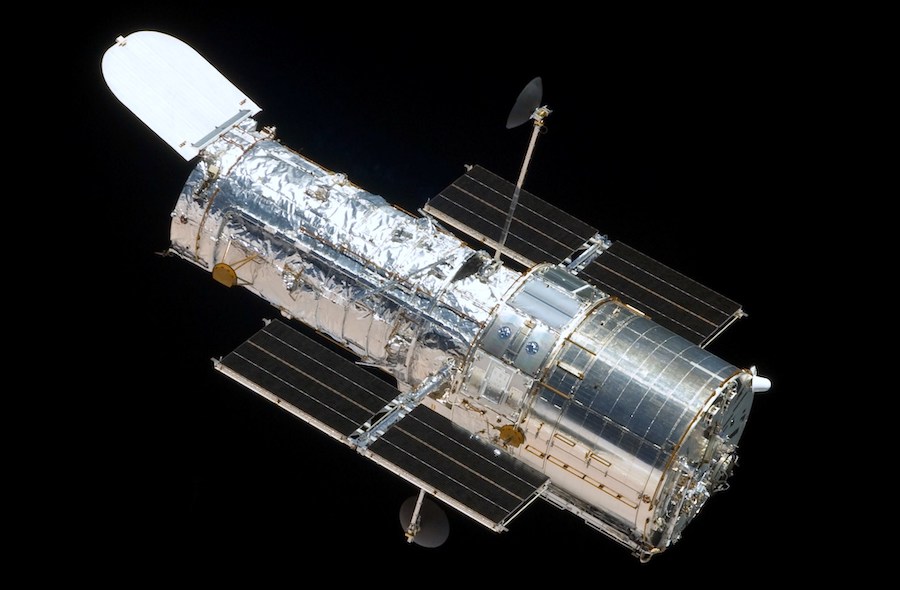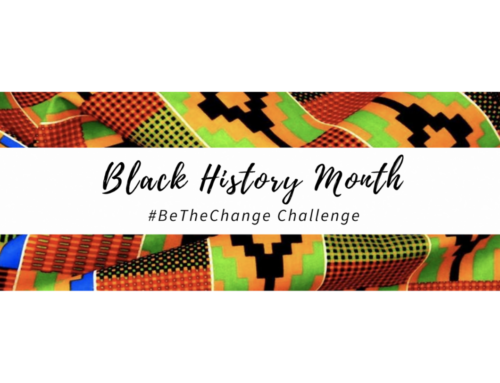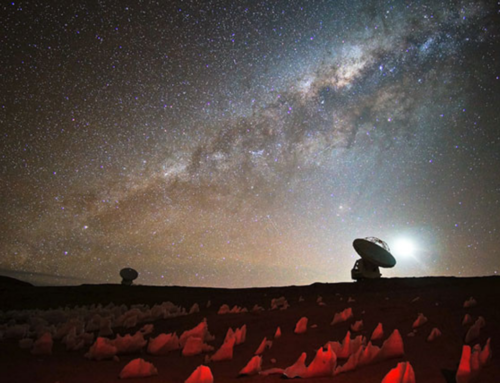A first-of-its-kind peer-review process for allocating time on NASA’s workhorse space telescope has the potential to level the playing field for women and other marginalized groups in science.
Observing time on the Hubble Space Telescope is a scarce resource. Each year only one-fifth of the more than 1000 submitted proposals survive the rigorous system of peer review conducted by the Space Telescope Science Institute (STScI) in Baltimore. With such a competitive process, it’s essential to minimize bias based on factors such as gender, race, career stage, institutional size, and geographic origin.
Five years ago, we learned that some degree of bias had long been inadvertently baked into the Hubble time-allocation process. STScI associate director for science Neill Reid found that from 2001 to 2012, the success rates for proposals led by female principal investigators (19%, on average) were worse than the success rates of their male counterparts (23%). Although the difference in success rates was not statistically significant for any given observing cycle, the imbalance was systemic, with female PIs falling short of male PIs year after year. The disparity became statistically significant when data from just three cycles were cumulatively analyzed. A pattern of potential accumulation of disadvantage mediated by gender appeared in the analysis.










Leave A Comment